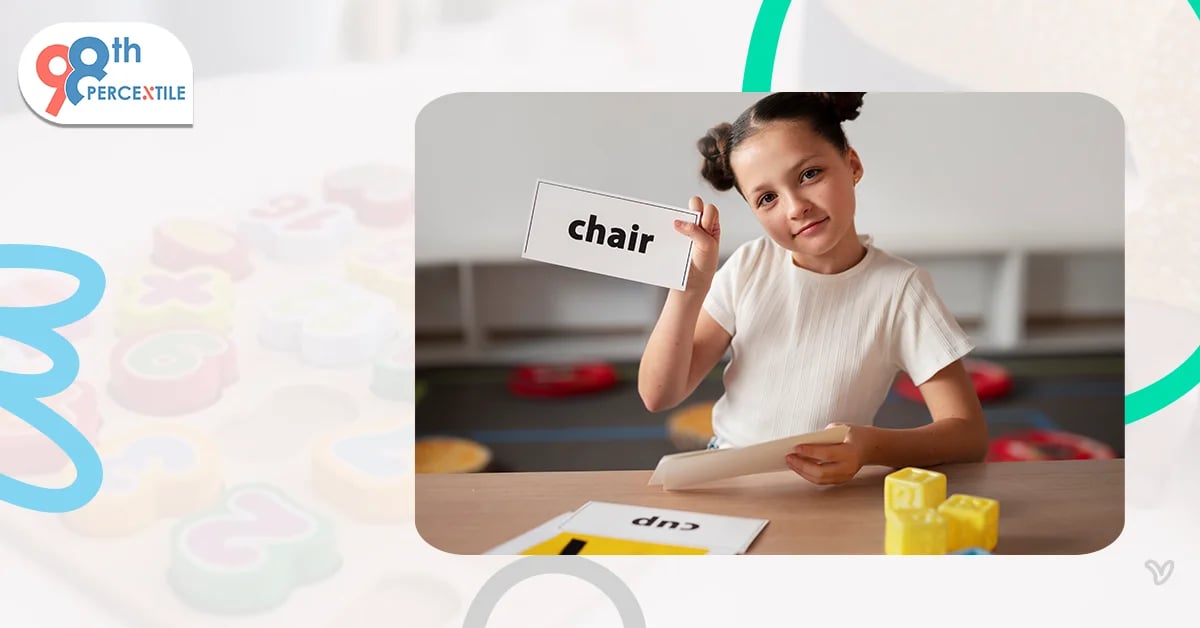In the vast world of grammar, nouns serve as the building blocks for language, representing people, places, things, or ideas. Within this realm, possessive nouns add a layer of specificity, indicating ownership, relationships, or qualities. Understanding possessive nouns is essential for clear and effective communication in writing and speech.
Understanding Possessive Nouns
Before delving into possessive nouns, it’s crucial to grasp the concept of nouns themselves. Nouns represent individuals, locations, objects, or concepts within language. They serve as the subjects or objects of sentences and can be singular or plural.
Defining Possessive Nouns: Possessive nouns are a specific type of noun that indicates ownership or possession. They modify another noun by showing that something belongs to someone or something else. Possessive nouns are formed by adding an apostrophe and an “s” (‘s) to the end of a singular noun, or just an apostrophe (‘) after the “s” for plural nouns that already end is “s”.
Forming Possessive Nouns: The formation of possessive nouns depends on whether the noun is singular or plural and whether it ends in “s” or not. For singular nouns, add’s to the end. For plural nouns that do not end in “s”, also add’s. For plural nouns that end in “s”, simply add an apostrophe after the “s”.
Enhance Your Child's Verbal Abilities: Start Trial Now!
Usage of Possessive Nouns: Possessive nouns serve various functions in sentences, including ownership, expressing relationships, and showing characteristics or qualities.
Indicating Ownership: Possessive nouns show that something belongs to someone or something else.
Expressing Relationships: Possessive nouns can also denote relationships between people or things. For instance, “Sara’s sister” indicates that Sara has a sister.
Showing Characteristics or Qualities: Possessive nouns can describe characteristics or qualities possessed by someone or something. For example, “The company’s success” highlights the success belonging to the company.
Examples of Possessive Nouns:
- Singular Possessive Nouns: John’s car, the dog’s bone, Mary’s book.
- Plural Possessive Nouns (not ending in “s”): Women’s rights, children’s toys.
- Plural Possessive Nouns (ending in “s”): The teachers’ lounge, the students’ desks.
Common Mistakes with Possessive Nouns: While possessive nouns may seem straightforward, there are common errors to avoid, such as confusion with plural forms and incorrect apostrophe placement.
- Confusion with Plural Forms: Some writers mistakenly add an apostrophe and “s” to plural nouns, which is unnecessary.
- Incorrect Apostrophe Placement: Incorrect placement of the apostrophe may result in errors.
Exercises for Practicing Possessive Nouns: To reinforce understanding and mastery of possessive nouns, practice exercises can be beneficial. Consider creating sentences or passages where possessive nouns are required, and have students identify and correct any errors.
FAQs: (Frequently Asked Questions)
Q.1: How do you form possessive nouns for singular and plural nouns?
Ans: This question aims to understand the rules for forming possessive nouns, including the addition of ‘s or just an apostrophe (‘), depending on the noun’s singular or plural form.
Q.2: What should I do if a noun already ends in “s”?
Ans: This question seeks guidance on forming possessive nouns for nouns that already end in “s” (e.g., James’ car or James’s car).
Q.3: Are there any exceptions to the rules for forming possessive nouns?
Ans: This question addresses any irregularities or exceptions in the formation of possessive nouns, such as irregular plurals (e.g., children’s toys) or nouns ending in “s” but not pronounced with an extra syllable (e.g., Aristophanes plays).
Q.4: What are some common mistakes to avoid when using possessive nouns?
Ans: This question highlights common errors, such as misplacement of apostrophes or confusion with plural forms, that writers should be mindful of when using possessive nouns.
Possessive nouns play a vital role in language, allowing us to indicate ownership, express relationships, and describe characteristics or qualities. By understanding how to form and use possessive nouns correctly, writers can communicate more effectively and avoid common grammatical errors.
Book 2-Week English Trial Classes Now!

 Students/Staff
Students/Staff Parents
Parents ElevatEd
ElevatEd















